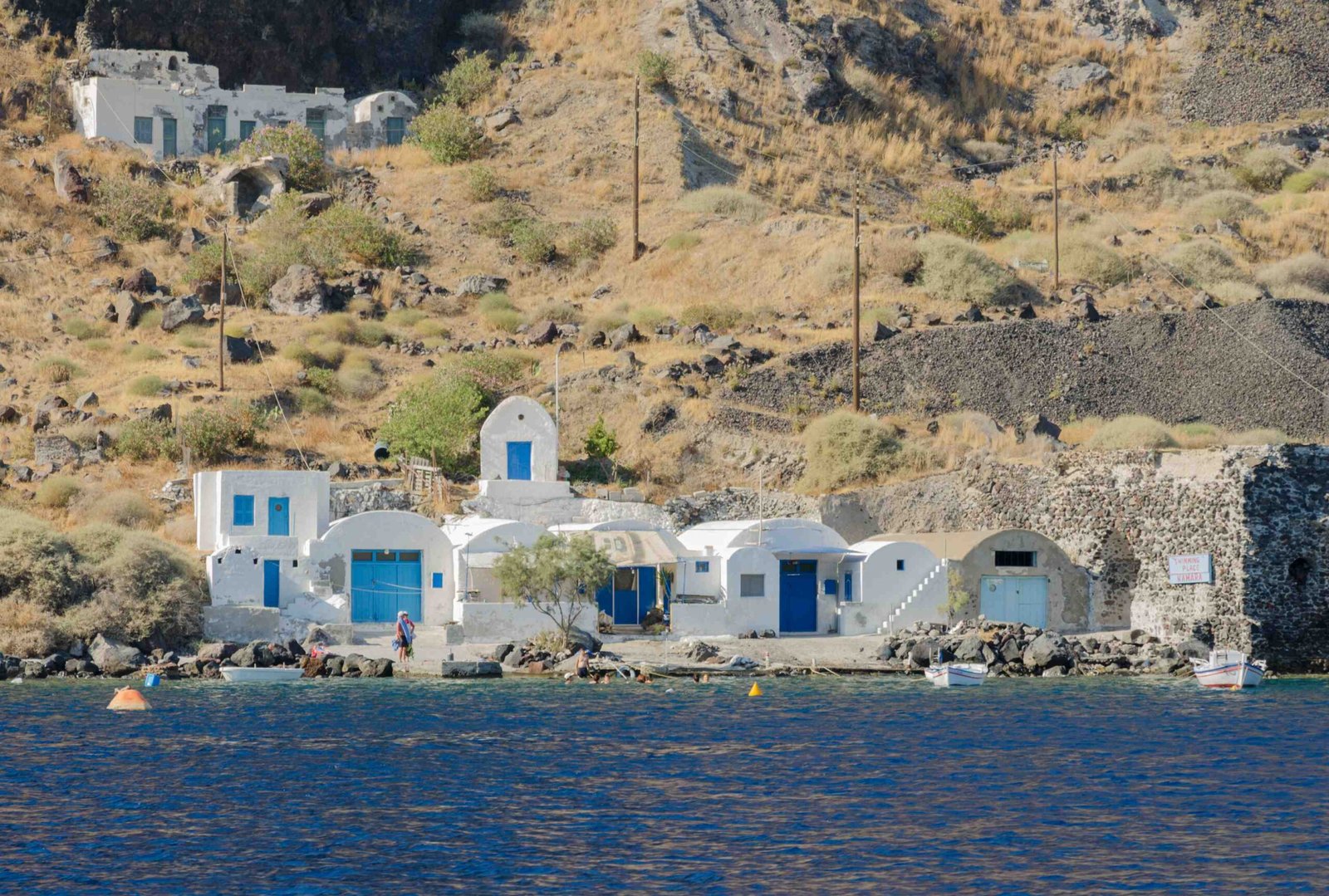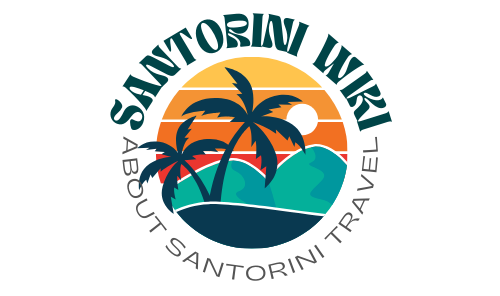The Santorini Minoan ruins, known as Akrotiri, are a remarkable archaeological site on the Greek island of Santorini. This Bronze Age settlement, buried under volcanic ash for millennia, offers an unparalleled glimpse into Minoan civilization. Discovered in the 19th century and extensively excavated since 1967, Akrotiri has revealed a sophisticated urban center with multi-story buildings, advanced infrastructure, and stunning frescoes, earning it the nickname ‘Prehistoric Pompeii of the Aegean’.
What is the Historical Significance of Akrotiri?

Akrotiri stands as a testament to the advanced Minoan civilization that thrived in the Aegean during the Bronze Age. The site’s exceptional preservation due to the volcanic eruption provides archaeologists and historians with invaluable insights into daily life, architecture, and artistry of this ancient culture.
Key points of historical significance include:
- Urban Planning: Evidence of sophisticated city layout and infrastructure
- Architecture: Multi-story buildings with complex designs
- Art: Well-preserved frescoes depicting various aspects of Minoan life
- Trade: Artifacts suggesting extensive trade networks across the Mediterranean
- Technology: Advanced drainage systems and pottery techniques
How Was Akrotiri Discovered and Excavated?

The discovery and excavation of Akrotiri is a fascinating journey spanning over a century:
- 1860: Initial discovery by quarry workers extracting volcanic rock for the Suez Canal
- 1867: Preliminary excavations by French geologist F. Fouque
- 1895-1900: Excavations of ancient Thera on Mesa Vouno by German archaeologist Baron Friedrich Hiller von Gaertringen
- 1967: Commencement of extensive modern excavations under Greek archaeologist Spyridon Marinatos
- 1967-1974: Continuous excavations revealing the well-preserved city
Marinatos and his team employed innovative archaeological methods, including the use of plaster casts to preserve the shapes of objects buried under ash. They also established on-site workshops, laboratories, and storage facilities to handle the excavation and treatment of archaeological finds.
What Are the Most Notable Artifacts Found at Akrotiri?
The Akrotiri excavations have yielded a treasure trove of artifacts, providing invaluable insights into Minoan culture and daily life. Some of the most notable findings include:
- Frescoes:
- “Fresco of the Antelopes”
- “Fresco of the Boxing Boys”
-
“Spring Fresco” (depicting a rocky landscape with lilies and swallows)
-
Pottery:
- Locally produced and imported ceramics
-
Evidence of advanced pottery techniques
-
Precious Objects:
- Gold ibex figurine
-
Stone and bronze artifacts
-
Written Records:
-
Tablets with Linear A script
-
Household Items:
- Furniture
- Cooking utensils
- Storage containers
These artifacts not only showcase the artistic and technological achievements of the Minoans but also provide evidence of their extensive trade networks and daily life practices.
What is the Layout and Structure of the Akrotiri Site?
The Akrotiri archaeological site spans an impressive area, revealing a complex urban settlement:
- Total Area: Over 20 hectares
- Number of Buildings: More than 100 multi-story structures
Notable structures include:
- Alpha East and Alpha West Houses
- Delta-North House:
- Three stories high
- Built-up area: 137 m²
-
Total area: 319 m²
-
Delta-East House:
-
Features the famous “Spring Fresco”
-
Xeste 3:
- Contains a lustral basin
- Multiple rooms with stone benches
- Grand staircase
The site also features:
- Paved streets
- Advanced drainage systems
- Public spaces and squares
This layout demonstrates the sophisticated urban planning and architectural skills of the Minoan civilization.
How Can Visitors Access and Explore Akrotiri?
While specific details about accessibility and parking are not provided in the available sources, visitors can generally access Akrotiri as follows:
- Transportation to Santorini:
- By air: Fly to Santorini (Thira) Airport
-
By sea: Ferry connections from various Greek ports
-
Local Transportation:
- From Fira (main town), take local buses or taxis to Akrotiri
-
Many tour operators offer transportation as part of guided tour packages
-
Guided Tours:
- Available through local tour operators or site management
-
Provide detailed information about the history and significance of Akrotiri
-
Educational Programs:
- Offered for schools and groups
- Focus on Minoan civilization and ancient Thera history
For the most up-to-date information on accessibility, parking, and tour options, it’s recommended to:
- Visit the official Akrotiri archaeological site website
- Contact local tourism offices in Santorini
- Inquire with reputable tour operators on the island
What Are the Best Times to Visit Akrotiri?
The best time to visit Akrotiri depends on various factors:
- Weather Considerations:
- Spring (April to June): Mild temperatures, fewer crowds
-
Fall (September to October): Pleasant weather, less busy than summer
-
Peak Tourist Season:
- Summer (July to August): Busiest and hottest months
-
Consider early morning or late afternoon visits to avoid crowds and heat
-
Opening Hours:
- Typically open daily, but hours may vary seasonally
-
Check the official website for current opening times
-
Special Events:
- Occasional archaeological lectures or events may be held
-
Check local cultural calendars for potential special access or guided tours
-
Conservation Work:
- Ongoing preservation efforts may affect access to certain areas
- Always check for any temporary closures or restrictions before visiting
To make the most of your visit:
- Book guided tours in advance during peak season
- Allow at least 2-3 hours to explore the site thoroughly
- Bring water, sun protection, and comfortable walking shoes
By planning your visit thoughtfully, you can fully appreciate the remarkable Santorini Minoan ruins of Akrotiri and gain a deeper understanding of this fascinating ancient civilization.
